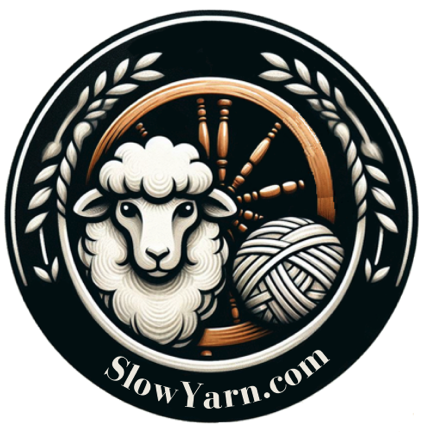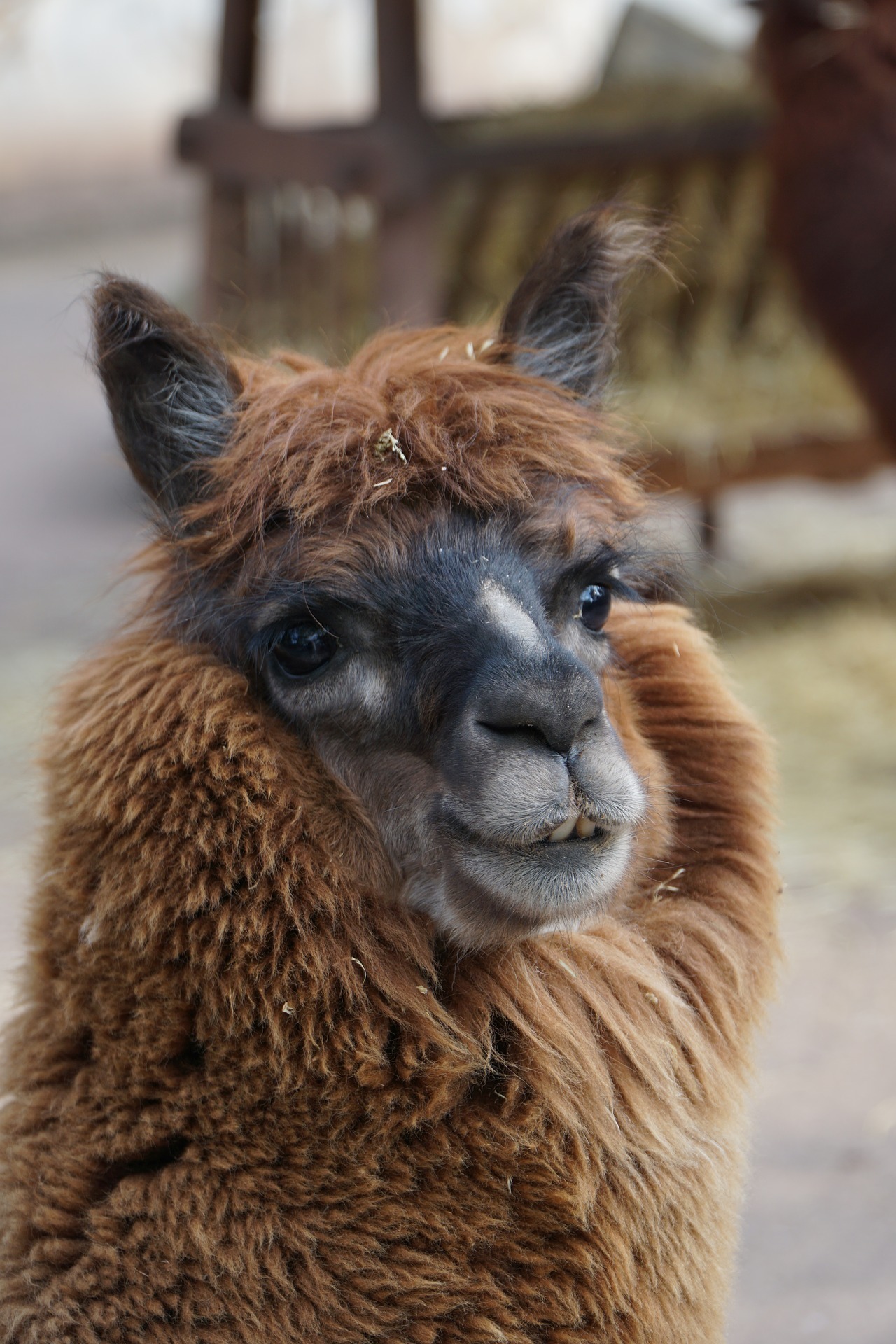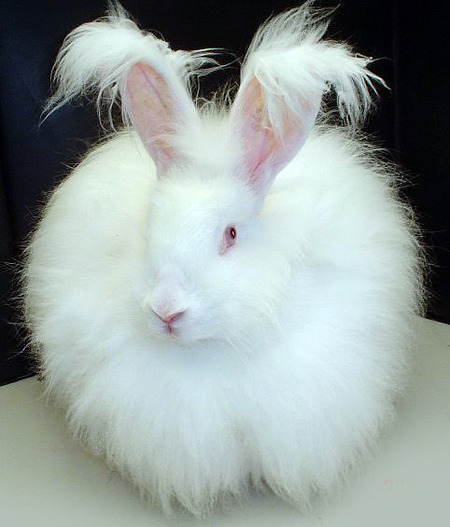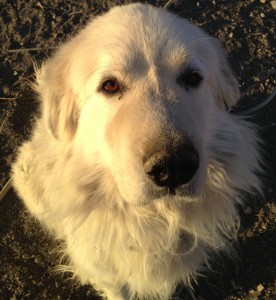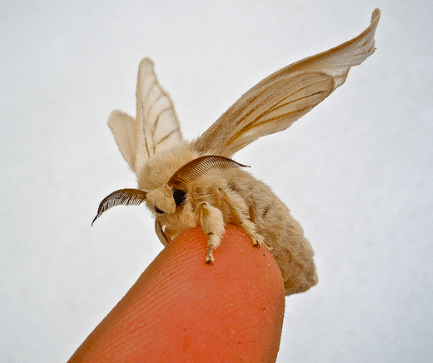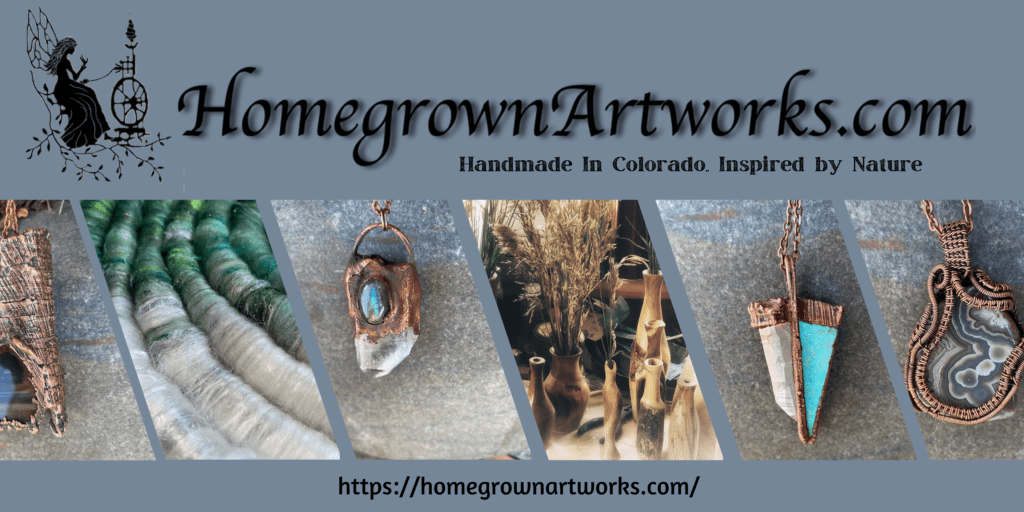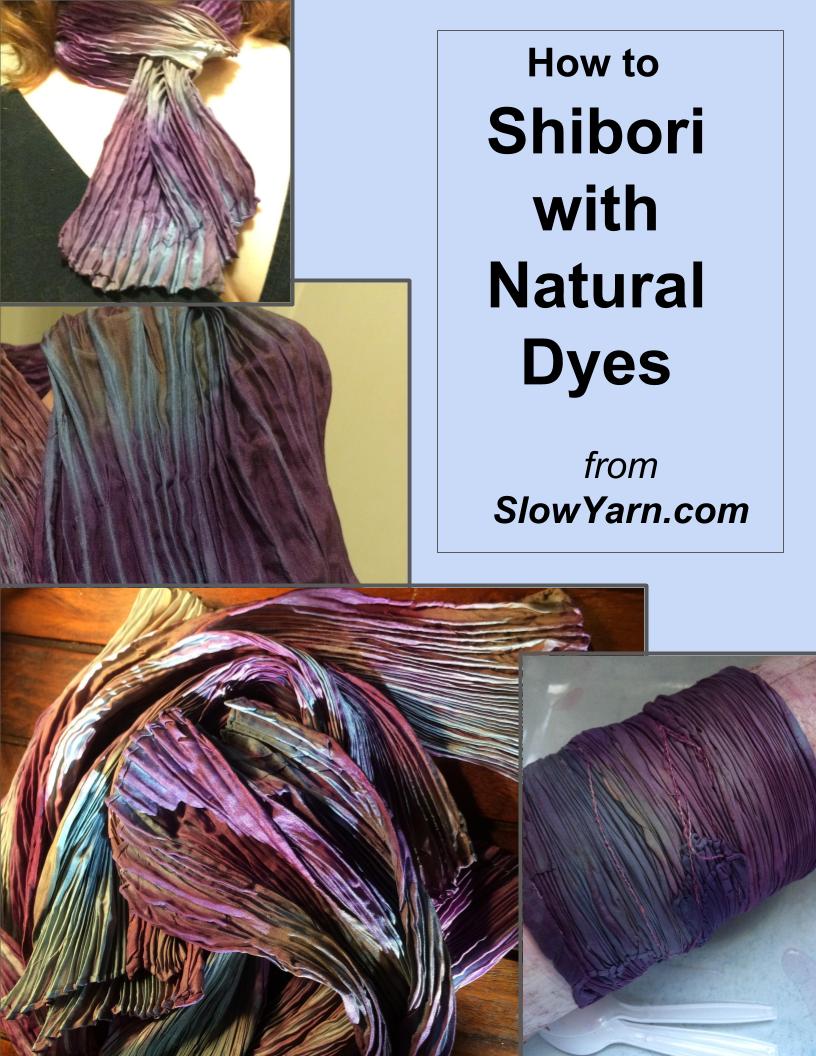ANIMALS AND PLANTS FOR THE FIBER FARM
Do you want to raise your own fiber? Have a little land and interested in having your own fiber farm and garden? Sheep come to mind first, of course, but there are lots of surprising options, from raising pet rabbits to growing cotton. Keep reading to learn more.
Animals
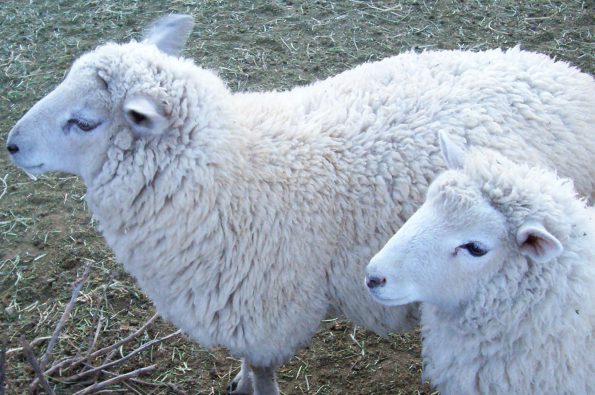 Sheep — To read more about sheep for spinning or other fiber arts, click on this photo of Border Cheviot ram lambs!
Sheep — To read more about sheep for spinning or other fiber arts, click on this photo of Border Cheviot ram lambs!
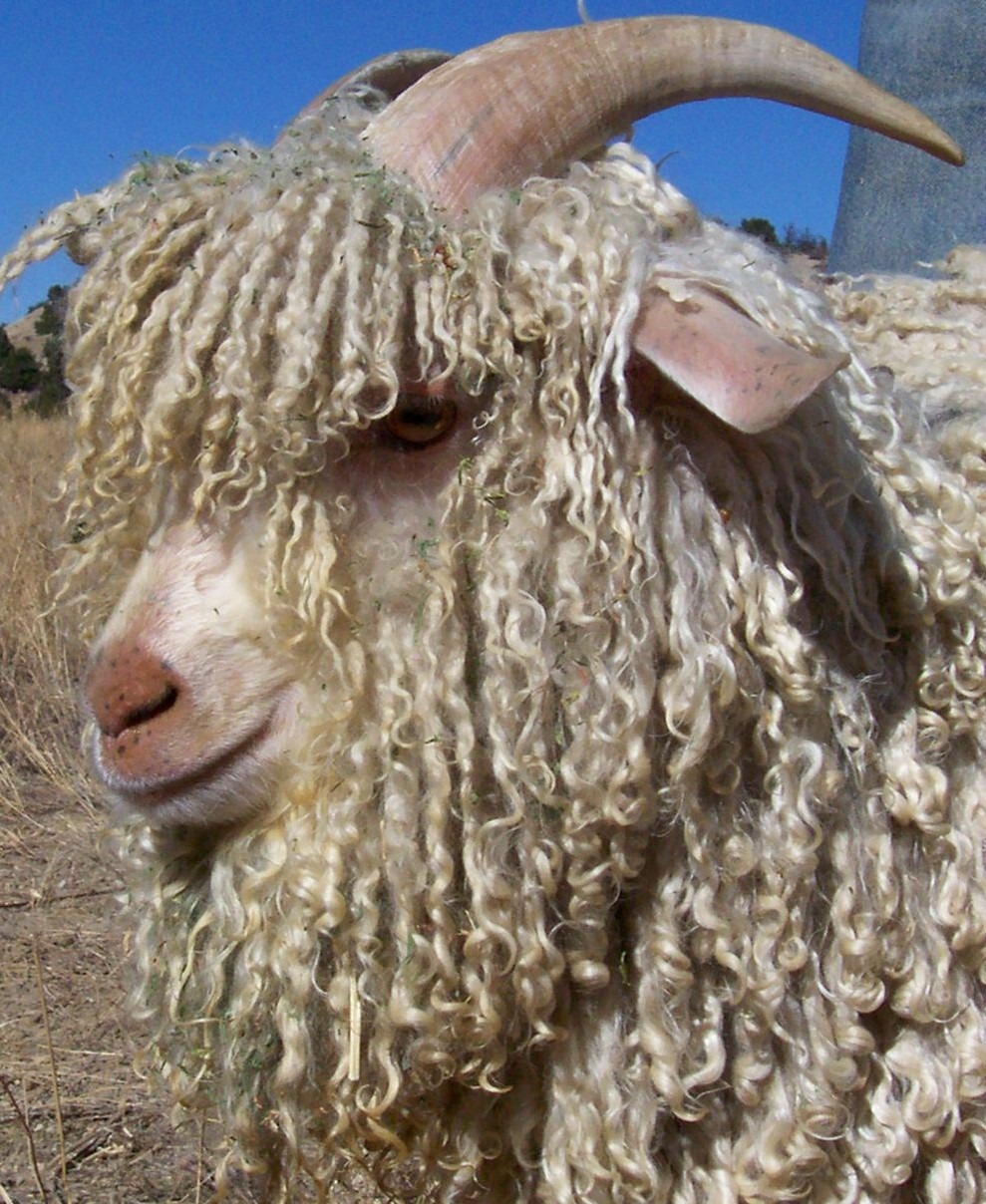 Goats — To read more about wool goats like this handsome Angora goat shown here, click on his picture.
Goats — To read more about wool goats like this handsome Angora goat shown here, click on his picture.
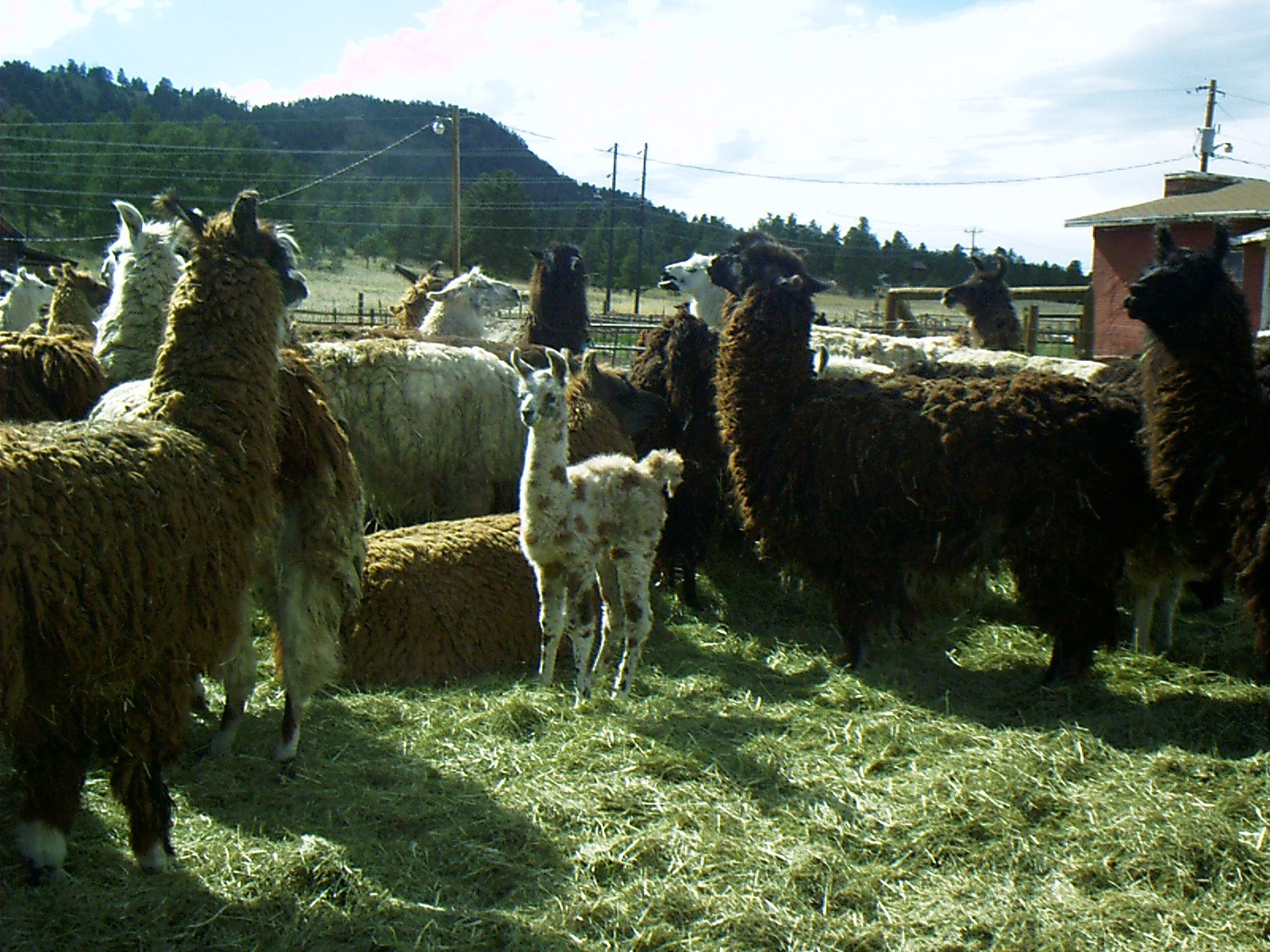 Llamas — To read more about these beautiful animals, click on their picture.
Llamas — To read more about these beautiful animals, click on their picture.
Alpacas — To read more about the adorable Alpacas and their soft, luscious fleece just click on the picture of this adorable creature
Angora Rabbit — To read more about this sweet and fluffy rabbit, click on the picture of this English Angora.
Dogs— To read more about dogs on the fiber farm, including dogs for spinning yarn, livestock guardian dogs, and herd dogs, just click on the handsome Pyrenees picture!
Silkworms— Yes, silkworms! It is possible to grow your own silk. To read more, click on the fuzzy silk moth picture.
Chickens — One of those uses for feathers you’ve probably never thought of is incorporating them into novelty yarn. Read more about chickens for the fiber farm by clicking on the picture of the chickens.
PLANTS FOR THE FIBER FARM
FLAX
The flax plant is easy to grow in most northern climates. It is a native wildflower throughout much of the United States and can be recognized by its delicate blue flowers waving in the wind on the prairie. The wild flax can be harvested, but the best varieties for fiber have been bred for the length of the stem. They can be grown from seed.
Processing flax stems from plant to thread is rewarding, but time-consuming. It truly is “spinning straw into gold,” as they begin with a woody plant stem and are broken down into fibers, then eventually spun into a shiny, golden thread. For an amazing video of flax being processed into fiber, watch here. Watching this, you can understand how the linens in a woman’s hope chest were her most prized possessions. To have a sheet or towel that was painstakingly created in this way demonstrated her ability to work hard, use her skills, and even to show off her artistic ability as well.
BROOMCORN
This isn’t a fiber to be used for spinning but is an amazing plant to grow for other fiber arts. Traditional brooms were made with the tassels of broomcorn. The stalks can then be used for a wide variety of purposes. Handmade paper using the leaves has a delicate, yellow appearance, with a pliable paper that doesn’t go brittle. The leaves can also be used wetted, twisted, and twined as a basket making weaver. The stalks, when dried, resemble bamboo. They are not anywhere near as durable, but they can be used for decorative purposes anywhere that a bamboo stalk might look pretty.
YUCCA
This is one of the oldest practical fibers used in North America. Anasazi peoples of the desert Southwest used the fibers from the prickly yucca in much the same way Northern Europeans used flax or nettle. Broken down it is similar to any bast fiber (technically not a bast fiber since it comes from a leaf, not a stem) it can be spun into a durable thread. This was the basis for sandals, examples of which can be seen in the museum at Mesa Verde. It was also used as the framework for weavings which incorporated wild turkey feathers for warmth and color. Balls of short bits of yucca fiber were found in caves and cliff dwellings. Archaeologists have speculated that these may have been some kind of toy for children, but as a fiber worker, I suggest a much more practical reason. There was not enough water in the desert to be soaking stems for weeks like one would do with a flax plant. Instead, to break down the fibers, these Native Americans most likely chewed on the fibers continuously as they performed other day to day tasks, leaving balls of shorter, inferior fibers. Like any cellulose fiber, yucca sticks to itself when wet.
NETTLE
The nettle plant is one of the oldest bast fibers known to man. Ramie is a variety of nettle which has gained popularity in the commercial clothing industry because of it’s properties of shine, breathability, crisp drape, and ability to take intense dye color. Nettle is a common wild plant, but can also be grown in the garden for its edible, spinach-like leaves and the useful fibrous stem. Be wary of stings if you look for this plant in the wild! The stinging nettle looks very much like mint but does not have its square stem or characteristic scent. I discovered this the hard way as a child when I bent to sniff a mint plant that stung me on the nose!
INDIGO
The indigo plant can be grown in the home garden, but only in very warm climates where it won’t freeze. It can be kept as a potted plant in a window or heated greenhouse. The leaves are the source of the same indigo dye (or pigment, technically,) that colors blue jean denim. Using indigo to color yarn or fabric is a complicated process, but very rewarding when you achieve that remarkable blue color that can’t be gotten any other way.
WOAD
This plant is illegal in many states in the US, as it is a noxious weed. Please check with your county extension agent before planting it. If you are able to grow it in your garden, precautions are recommended to prevent its re-seeding itself and becoming a nuisance. A paper bag placed over the seed heads as they mature will capture them for another crop without allowing them to fly off and get out of hand. If you don’t wish to keep the seeds, simply cut off the tops as soon as the seeds begin to appear.
Woad is a source of the blue dye indigo. It is less concentrated than in an indigo plant but grows well in colder, drier climates. The Picts, ancient people of northern Britain, adorned themselves for battle using a concoction made from this plant. This practice may have made them terrifying for more than its blue color. Woad is a cabbage relative. If you can, imagine the strong smell of cabbage multiplied many times. Woad smells like that. Add to the mix the use of urine to release the chemicals that make indigo turn blue when it meets the air. An army of shrieking blue people who smelled like concentrated cabbage and urine must have been terrifying, indeed.
WILLOW
The willow plant, in all its varieties from shrub to tree, is one of the most useful sources of basket material man has ever discovered. Newer branches from a weeping willow tree can be used immediately for weaving. Harvesting then keeping branches of willow for later use is a little trickier. They will need a good soak before use to prevent them from breaking during weaving, as they get brittle when dry.
HEMP
This fiber is currently illegal in the United States, but considerable headway is being made toward relaxing legislation against this remarkable plant. As Cannibas Sativa is also the plant source for marijuana, the government regulates even the non-THC varieties known as a fiber source. Until things change, it’s not a great idea to grow hemp on your home fiber farm.
DYE PLANTS![]()
It’s possible to grow many dye plants in the garden. Nature provides a rainbow of color in these plants which have been used for centuries or more to bring cheer into the daily lives of people. Imagine how delightful a brilliant blue tunic or cape would be in a world before chemical dyes and the Industrial Revolution. Plants such as Indigo and Madder, Woad and henna. (To buy seeds for dye plants, go to The Woolery. They have a great selection!)
Comments are always welcome here at SlowYarn! Tell us what you think, share your ideas, or comment on the content. Or you can contact me directly at Kelley@SlowYarn.com.
Thanks!
–Kelley
Copyright © 2013 – 2023 Kelley Adams. All rights reserved.
All text, photos, and graphics are the property of Kelley Adams unless credit is given to an alternative source.
